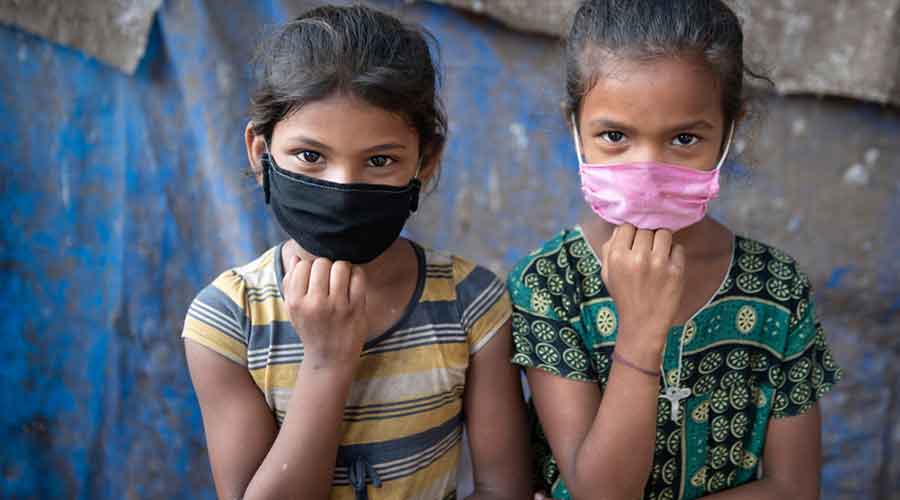The story of children’s hunger is also the story of adults’ pain. No parent wants to let their child go hungry; it is acutely painful when a baby is concerned. A recent study in India found 5.9 million ‘zero food’ children, who are six to 23-month-old infants who have not ingested any substantial calories for 24 hours. Two out of 10 infants within this age group have neither had solid nor liquid food for a whole day; the method followed in the study only identifies the last 24 hours and cannot show how many hours the child went without food earlier. The data were extracted from the National Family Health Surveys for consecutive years since 2016, which showed no marked reduction in food insecurity at this level. The percentage of zero food children increased from 17.2% in 2016 to 17.8% in 2021, which goes against the Centre’s earlier inference that the reduction in the percentage of stunted and wasted children approximately in the same period — stunting and wasting being the conventional measures for malnutrition — showed an improvement in nutrition. As the researchers of the recent study have pointed out, indirect measures are obviously not precise enough; they may even be misleading. India’s food policies need to be precise and perfectly targeted.
The question of precision is relevant since India does have nutrition and food policies for the younger group. Daily supplements of 500 calories and 12 to 15 grams of protein are provided for children from six months to three years. How can there still be zero food children, and in such huge numbers? Although 20 states have improved their percentage of starving infants, the decline in Uttar Pradesh and Chhattisgarh has neutralised it, while Jharkhand, Rajasthan and Assam are doing badly too. Something is going awry in the system and the supplements are not reaching the families that most need them. It is understandable that the supplements are given to households with six-month-old babies, since they are meant to be breast-fed till then. But are the mothers in these families, possibly anaemic and suffering from malnutrition themselves, able to give their babies fulfilling feeds and the immunity they need? To defeat hunger and malnutrition, food security policies need to make these households, economically worst off and often geographically disadvantaged, their first priority.











